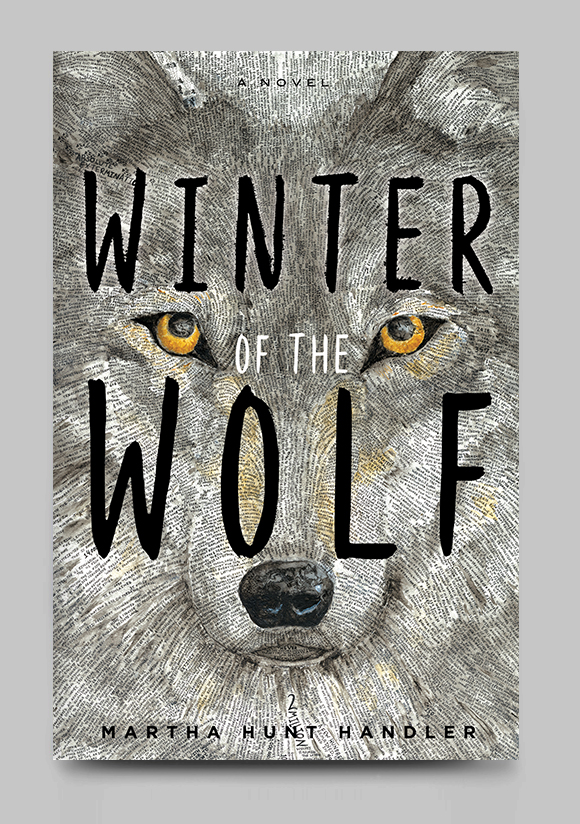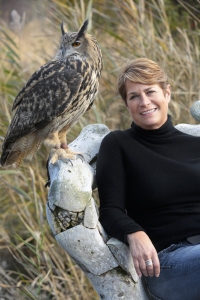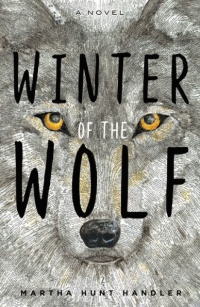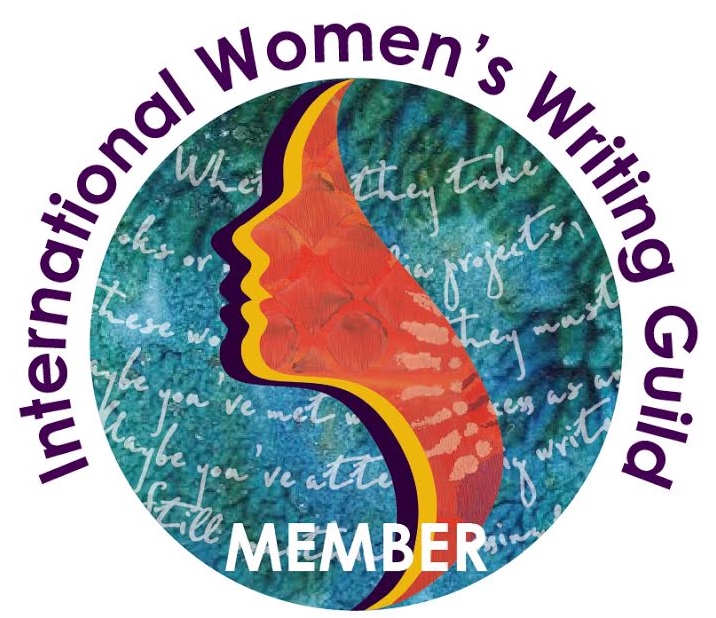A Cover With a Thousand Words
 I don’t know about you, but I’m a sucker for a great book cover. Though I purchase most of my books based solely on friends’ recommendations, if I stroll into a bookstore and am drawn to a book’s cover, and also connect with the content, it’s coming home with me. So, when it came time to designing my debut novel’s cover, I knew I needed one that would stand out, given that I’m new to this arena.
I don’t know about you, but I’m a sucker for a great book cover. Though I purchase most of my books based solely on friends’ recommendations, if I stroll into a bookstore and am drawn to a book’s cover, and also connect with the content, it’s coming home with me. So, when it came time to designing my debut novel’s cover, I knew I needed one that would stand out, given that I’m new to this arena. In the many years it took for me to complete my novel, the content, and, subsequently, the title, changed many times. My original title was “The Transitory Nature of Souls.” I thought (and still think) it perfectly describes the book’s underlying theme. Again, I noticed that when I said it out loud, my friends were dubious, suggesting it sounded like a non-fiction book on spirituality, rather than what it is, which is a fictional, spiritual mystery. But I ignored them and sent out the completed manuscript to about twenty agents.
Though they all rejected it, two agents suggested that I re-write the book from a teen’s perspective, explaining that first-time authors have a much easier time landing YA book deals than adult novel deals. It wasn't what I wanted to hear, but it made sense for a lot of reasons. So, back to the drawing board, I went. When the YA version was complete, I knew it needed a more YA sounding title. Eventually, I landed on “Snapped.” I thought it sounded, well, snappy, and aligned well with certain content elements. But when I tried to develop a vision board around this title, I drew a complete blank. And then I started to see wolves – even more so than usual – in my dreams and whenever I meditated. I felt this was a sign that wolves needed to be in the title, which made sense, because I planned to give all of my author proceeds to the Wolf Conservation Center (WCC), and because wolves are cool and haunting, which played well with my story. After playing around with loads of different ideas, I eventually landed on “A Boy in Wolf’s Clothing.” I thought the name evoked curiosity; is the boy at the heart of the story darker and more complex than imagined, or is there a wolf shape-shifting element involved? My friends were still dubious, believing it was too long and confusing, especially for a YA book. Yet, again I ignored them and delivered my completed manuscript to prospective agents with this title.
Fast forward a few long and agonizing months later. A publisher accepts my novel, but they also feel the title is “clunky” and “confusing.” My publishing team and I then spent weeks sharing titles back and forth. After an exhausting few weeks, we finally agree on Winter of the Wolf. A month or so later, the publisher’s art/marketing team presented me with four cover options, but I didn’t particularly love any of them, and I really wanted to. As I sat at my desk one day, praying for inspiration as my deadline was fast approaching, I looked up and saw it!
Let me back up. Five months prior, an artist named Erik Fremsted had DM’d me. He wanted to sell prints he'd made of a wolf and donate a portion of the proceeds to the WCC. When I played his videos and saw his images, I was blown away. He’d painstakingly researched and minutely written out the history of wolves in the US into the shape of a wolf, and then had watercolored over the words. I’d never seen anything quite like it.
I helped make the partnership happen, and I bought two of his prints: the wolf and the bison. When they arrived, I couldn’t believe my eyes. Erik’s videos and files, though amazing, couldn’t begin to capture the beauty and depth of his work. I proudly hung the wolf print in my office, where I could see it every day.
I was so in awe of his work and dedication that I kept reaching out to Erik so I could learn more about him. We quickly became email buddies. And I bet you can guess the rest of this story – I looked at the print in my office that day and knew that it would make the perfect cover for my novel and, thankfully, Erik agreed.
Erik and his work are so unique that I wanted to share his videos and links, and this Q & A session I recently had with him.
Q. How did this concept of using written words incorporated into your art pieces to help save endangered species happen?
A. My initial idea was much simpler: I wanted to paint a huge bison head because they have much character and dimension in their faces. But I hadn't painted with watercolors since elementary school, so I kept coming back to the fact that a Google image search will show me 1000’s of other people’s paintings that were far better than mine would ever be. Also, I wanted to create something that had a lot of depth and long-standing value. Something that when you looked at it, you could feel the story that it was telling and the meaning behind it, while still being something beautiful. I had been following a few people on Instagram that painted with watercolor and mixed them with archival pen drawings. I came across one artist, Jeremy Collins @jer.collins, who mixed words in some of his pictures, and I liked the look, but I didn't want to copy what other people were doing. Then, one night before bed, the idea just clicked. I'll take this intricate, character-filled bison face, and within that face, I'll tell the detailed history of the bison without using any lines. I didn't know if it would turn out or look anything like a bison, but after 8-9 months, it was complete, and I thought it looked good! Along the way, I began to see the full scope of this project. It will eventually feature six persecuted species: bison, wolf, grizzly bear, bee (not exactly sure which species of bee yet, need to do that research!), sea turtle (same, need to research!), and polar bear. The thought process here is that while many may think the needless killing of wildlife has slowed, it hasn’t. The heritage passed down from European settlers landing on the East coast, using guns, traps, and poison to “tame” the land, continues to this day, and I wanted to document that in my art.
Q. How long does the research for each animal's narrative take?
A. The initial research has been averaging around the 3-4-month mark. After researching the history, I then begin to lay it all out, organizing the information within the face based on importance and overall themes. However, the information about wolves changes almost daily, so that piece was particularly challenging. I expect this will also be the case with my final three pieces in the collection: the bee, sea turtle, and polar bear.
Q. Which part of this project do you enjoy the most?
A. The easy answer: the end!! But seriously, while I do enjoy every part of the process, they do eventually become tedious. For example, writing everything out in pencil is fun at the beginning when you finally see the face develop, but after I’ve spent three months bending over the paper, it’s not so much fun. What I truly enjoy during the writing portion is creatively figuring out how to shape and contour the animal's face with the words, and how to fit the different drawings in to create a dynamic finished piece. But I would say that my favorite part is painting, because that’s when the face finally takes shape and the culmination of 7-10 months of work comes together.
Q. What is your “day job”?
A. My “real” job for about the last 15 years has been as an editor on television shows. It’s fun to have a position where I can continue to push myself creatively in an entirely different way. For the last six years, I’ve been editing a show about our National Parks called “Rock the Park,” which highlights how we can safely interact with and protect nature. It's rewarding working on a show
that’s in line with my passions.
Q. What is your end goal, and how could other people or organizations help?
A. The end goal for this particular series would be to have my pieces permanently on display at a museum or gallery for maximum public viewing. In the meantime, I’m thrilled to be able to use my talents to educate and inspire others to protect wildlife and nature.
I’m also very proud that a portion of every limited-edition print sold is donated back to help protect these animals. So far, my sales have allowed me to make donations to the Wolf Conservation Center, Defenders of Wildlife, and WIRES Wildlife Rescue in Australia. Next, I'll release the grizzly bear print, and 40% of those profits will aid the Yellowstone to Yukon Conservation Initiative, whose mission is to create a corridor that will allow wildlife to pass through that entire region safely.
So, if you're reading this and you have a conservation-based organization, please reach out to me so we can put together a partnership.
Time-lapse painting of the wolf
Facebook art page
Instagram: @erikfremstad



